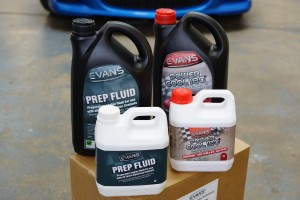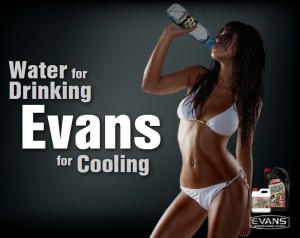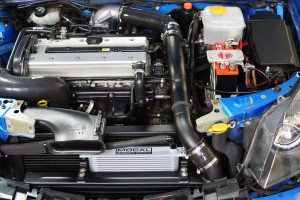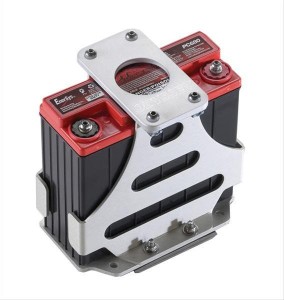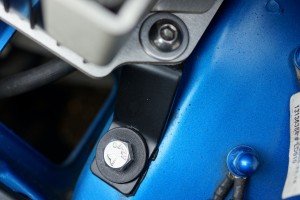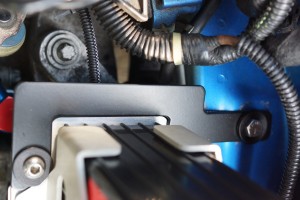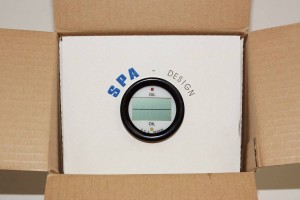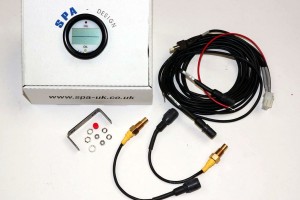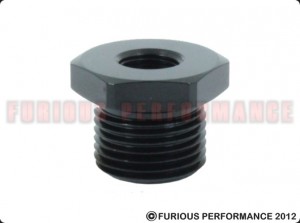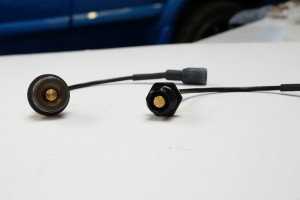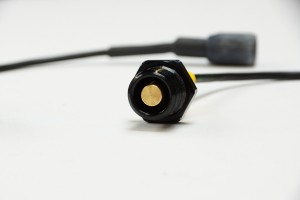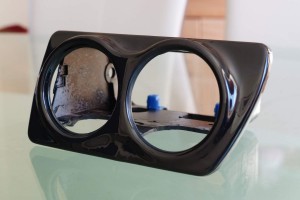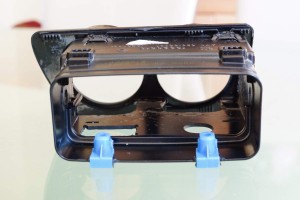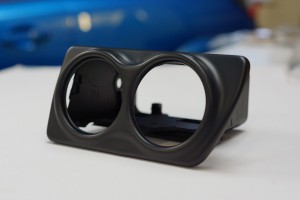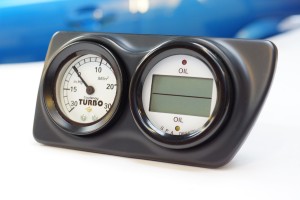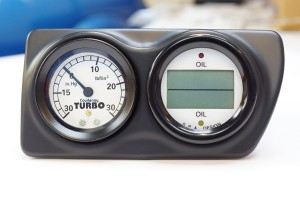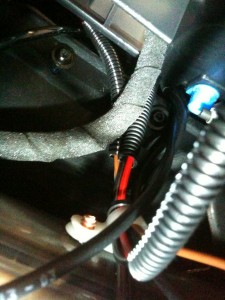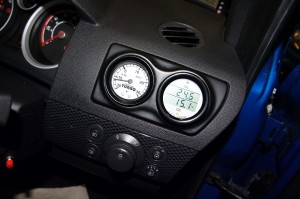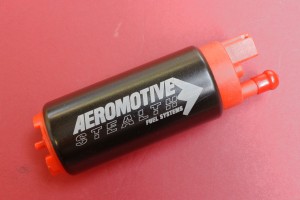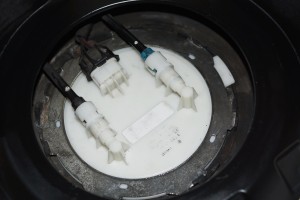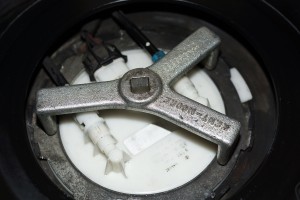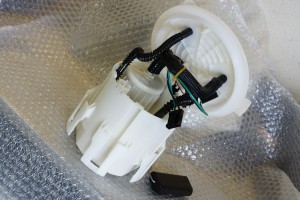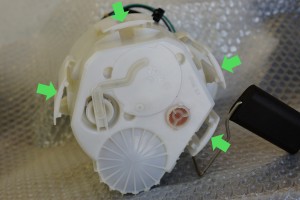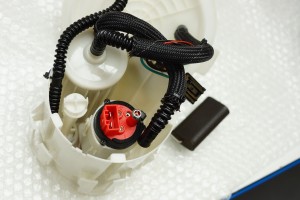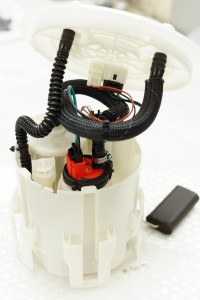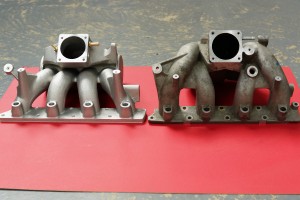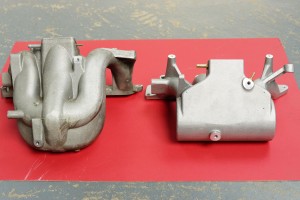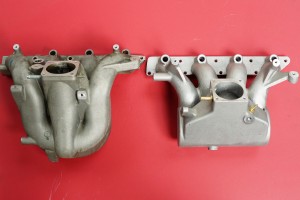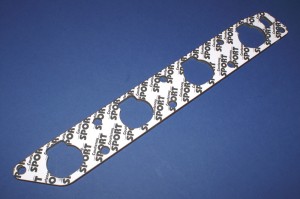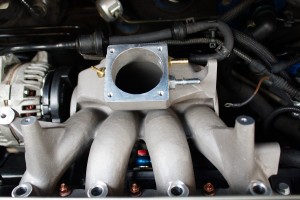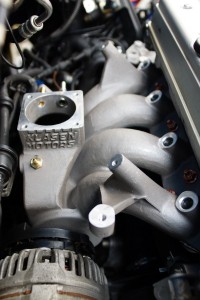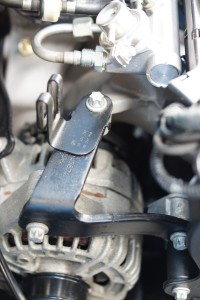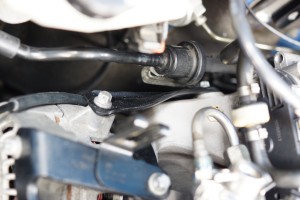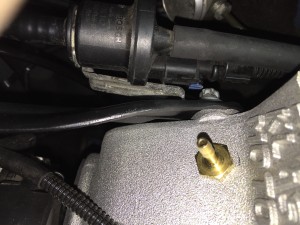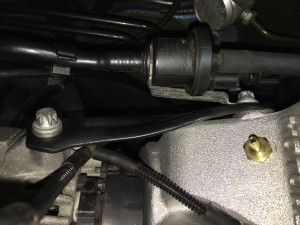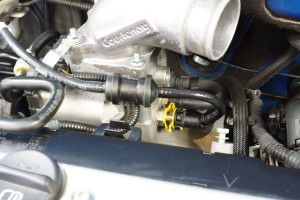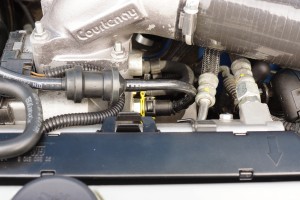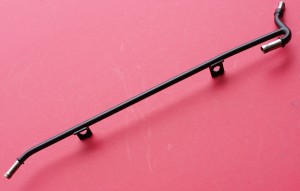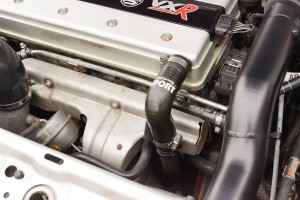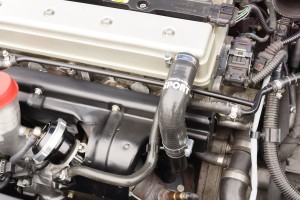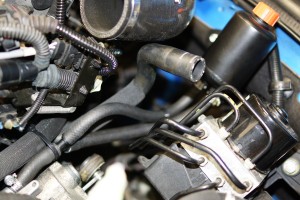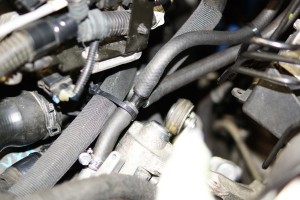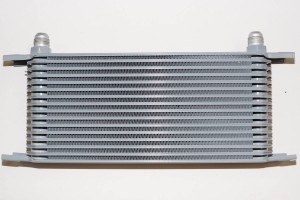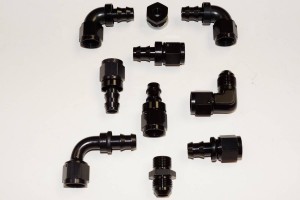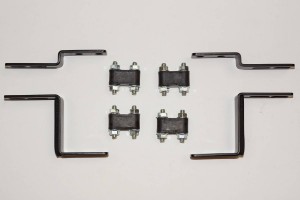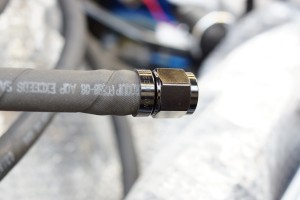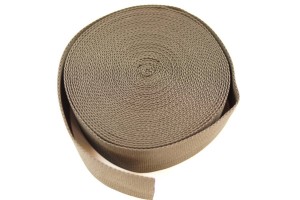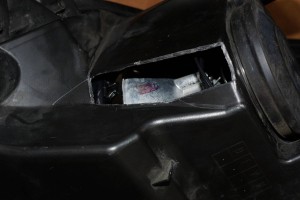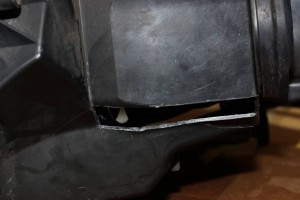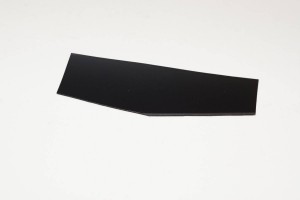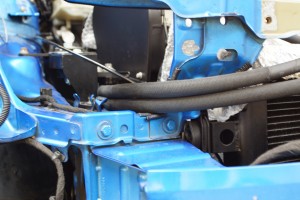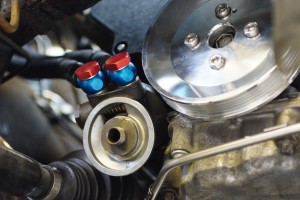Evans Power Cool 180 Waterless Coolant
- Apr 12th. 2014
- By mapw
I was introduced to Evans Waterless Engine Coolants a while ago when one of their distributors dropped a flyer into a package that I was sent and also at the AutoSport International Show at the NEC in Birmingham. Having read up about the benefits of using it, it seemed the ideal time to switch to it after the engine had been stripped down to have the steel rods fitted, as the majority of the original coolant had already been drained.
So a phone call directly to Evans and this package arrived 24 hours later:
The Evans website details everything you need to know about the products but in brief:
Eliminates Overheating – Evans Waterless Coolants have a boiling point above 180°C and will not vapourise, thus eliminating overheating, boil-over and after-boil.
Reduces Pressure – Evans Waterless Coolants generate very low vapour pressures reducing strain on engine cooling system components.
Prevents Corrosion – Evans Waterless Coolants contain no oxygen effectively eliminating corrosion.
Increases BHP – Evans Waterless Coolants eliminate pre-ignition and detonation caused by overheating – thus improving combustion efficiency and delivering more power.
Stops Erosion – Evans Waterless Coolants prevent cavitation and eliminate liner and cooling pump erosion.
Freeze Protection – Evans Waterless Coolants freeze below -40ºC
Non-Toxic – Evans Waterless Coolants are proven to be Non-Toxic. Standard anti-freeze is toxic and known to kill pets.
One of the main things that drew me to the product was the reduction in pressure in the coolant system. One of the slightly annoying things with traditional water based coolant is the fact that it is operating in a pressurised environment and when hot it expands. In the Astra H VXR when on track and used hard, if the coolant level starts at the recommended cold level, it pressurises coolant out of the bleed point at the back of the header tank cap all over the engine bulkhead.
Even if the level is dropped to about 1cm below the cold level (when cold) when hot the level will rise and it can still pressurise out of the header tank. This product will eliminate the problem due to the removal of all the water and the reduction in the pressure in the system. Also the reduction in pressure will put less strain on all the coolant system components and hoses; another benefit when on track.
I chose the Power Cool 180 for performance and track cars, and set about filling with the Evans Prep Fluid to hygroscopically remove any traces of the original coolant, drained the system when cold and blew it through from the header tank hose and from the thermostat to remove all the Prep Fluid. The system was then filled with a shade over 7 litres of Evan Power Cool 180.
I will update on progress when out on track but so far with rolling road set up runs, no problems at all. In my opinion every car used out on track should have this product installed.
Just Remember……..
